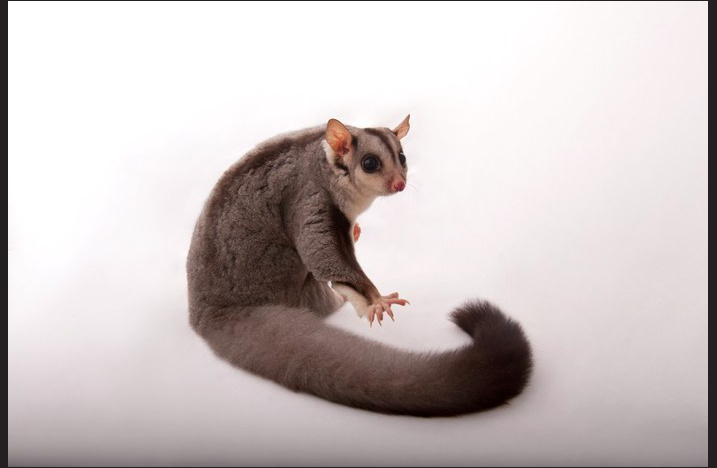
Wikimedia Commons
Pinecone Swimmer

Wikipedia
The perky little pinecone fish
Is such a charming fellow
Diminutive but diving deep
With scales bright and yellow
Below his sloping, fishy chin
He plays the genial host
With glowing green bacteria

Wikipedia
He’s like a deep-sea ghost
He hopes that with his tiny spines
You would not want to eat him
But with his luminescent charms
You really ought to meet him
–Ruth Gilmore Ingulsrud
Pinecone Fishfacts:
The pinecone fish, sometimes called the pineapple fish, is a tough little deep-sea dweller that grows to about 5 inches or 13 centimeters in length. It is covered with bright yellow to orange hard scales, called scutes, that are vibrantly outlined in black accentuating its pinecone-like appearance. Its sharp spines and locking dorsal and pelvic fins discourage predators. If they attempt to swallow the swimming pinecone, they risk getting it stuck in their throat.
It prefers to live in rocky areas of the deep ocean with reefs and caves where it can hide during the day. The fish emerges at night to feed on brine shrimp, small fish and plankton that it attracts to its mouth by way of two glowing organs located on its chin. These organs house bioluminescent bacteria that glow an orange-yellow during the day and dim to a bluish-green at night. The bacteria benefits by having a host that provides it with an advantageous place to grow. The pinecone fish benefits by using the the glow to attract meals. This is called a symbiotic relationship where both organisms have something to gain from the relationship.

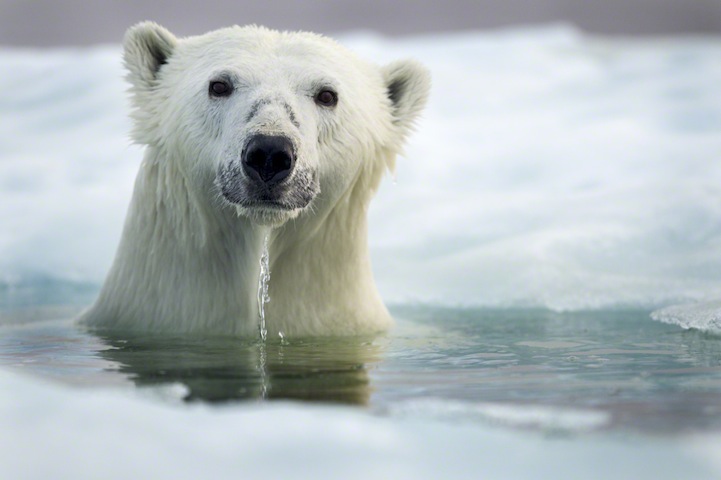










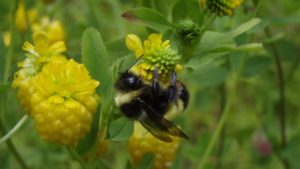




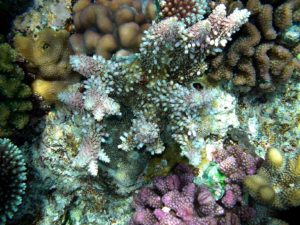
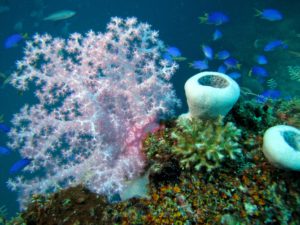



 A bat may not be as cute as a button, but like buttons, bats certainly hold things together in a healthy ecosystem. Bats devour millions of
A bat may not be as cute as a button, but like buttons, bats certainly hold things together in a healthy ecosystem. Bats devour millions of 







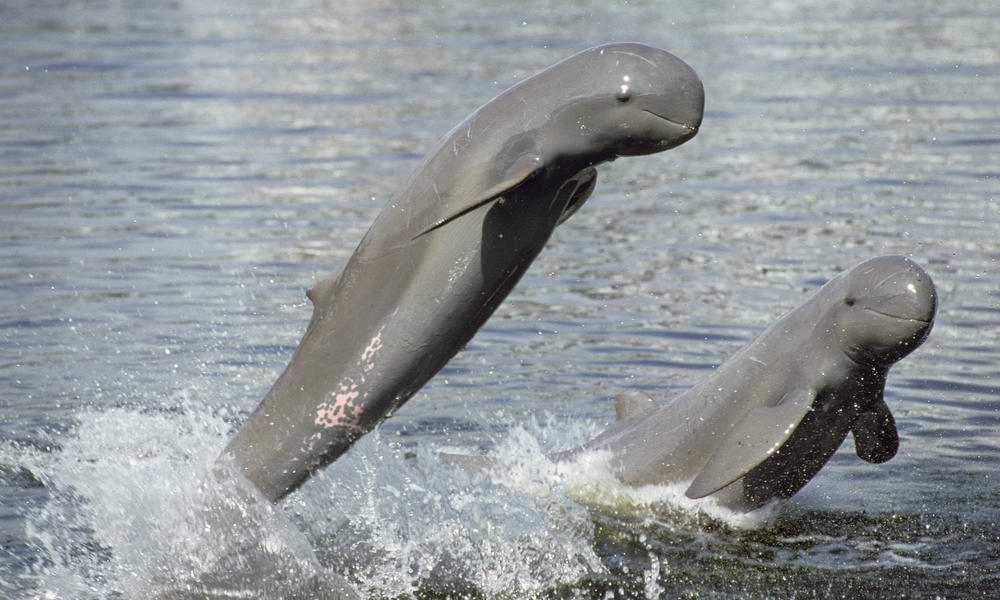
 She is the oldest known bird in the world, having been banded when she was about five years old. It is estimated that she has raised over 36 chicks. One of her chicks even survived the March 11, 2011 tsunami that resulted from the disastrous earthquake in Japan.
She is the oldest known bird in the world, having been banded when she was about five years old. It is estimated that she has raised over 36 chicks. One of her chicks even survived the March 11, 2011 tsunami that resulted from the disastrous earthquake in Japan.
